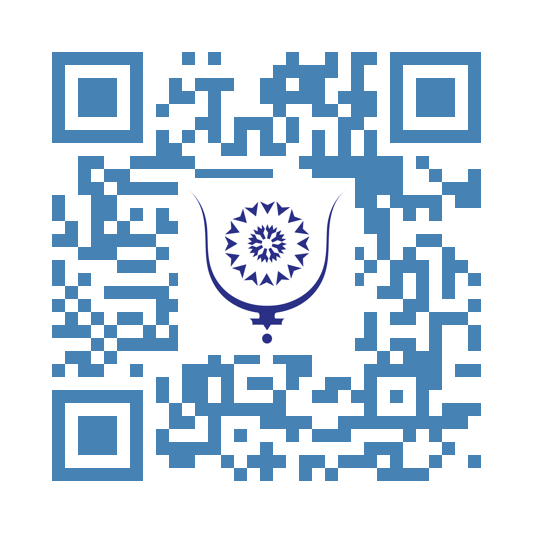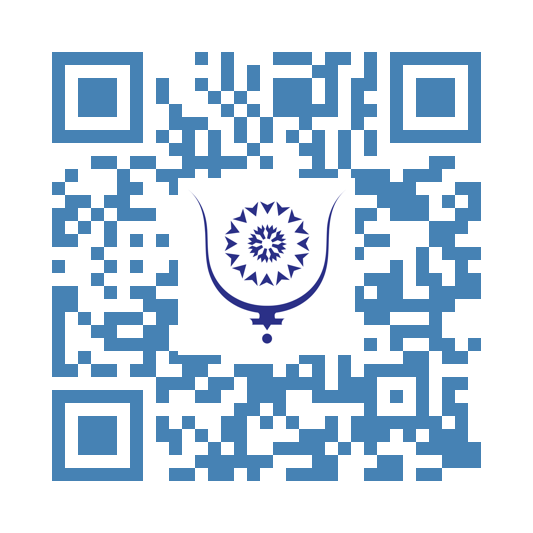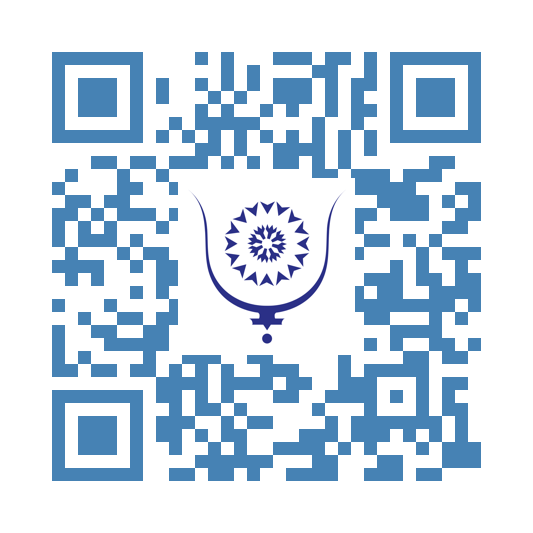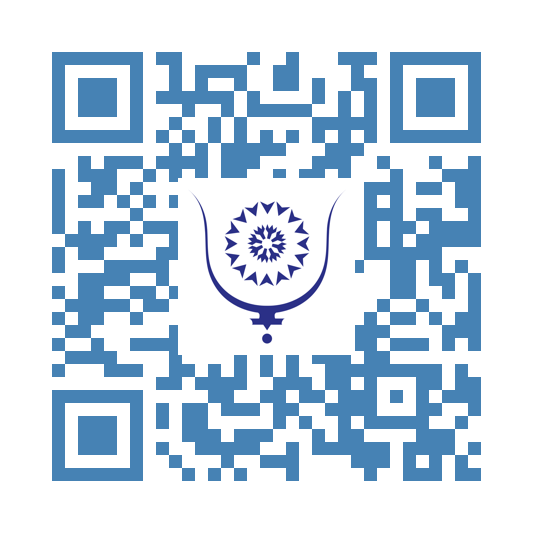La septicémie/sepsis, une réponse inflammatoire généralisée associée à une infection 1375
Le sepsis est le terme anglo-saxon et international employé pour caractériser une réponse inflammatoire généralisée associée à une infection grave.
Le Sepsis (septicémie) est la complication la plus grave des infections, Il peut survenir de façon imprévisible lors de n’importe quelle infection, le plus souvent bactérienne, mais aussi virale telle la grippe ou la COVID-19. Il survient suite à une perte de contrôle de l’organisme, entraînant une réponse inflammatoire généralisée conduisant à un dysfonctionnement potentiellement mortel des organes.
Chaque année, le sepsis touche près de 50 millions de personnes dans le monde, dont plus de 40% sont des enfants de moins de 5 ans. En 2017, l’Organisation Mondiale de la Santé l’a reconnu comme une priorité de santé publique et a recommandé aux États membres de mettre en place des dispositions nationales pour réduire le poids sanitaire, économique et social du sepsis.
1/ Les causes du sepsisToutes les infections dues aux bactéries, celles causées par des champignons peuvent induire un sepsis. Les infections pulmonaires, de la peau, les infections intestinales et les infections des voies urinaires sont parmi celles les plus à risque de sepsis.
Cette complication survient notamment chez des patients dont le système immunitaire est affaibli ou souffrant de maladies chroniques et invalidantes. Les méningites à méningocoque sont un des rares exemples de sepsis pouvant survenir chez des personnes jeunes en bonne santé, tout comme celui suite à l’usage de tampons hygiéniques.
2/ les symptômes et la prise en charge
La fièvre, l’accélération du rythme cardiaque et de la respiration, des sueurs profuses en sont les principaux symptômes. Dès que le sepsis s'aggrave, une confusion ou une baisse de la vigilance survient, en particulier chez la personne âgée ou très jeune. La pression artérielle baisse mais, paradoxalement, la peau est chaude. Plus tard, les extrémités deviennent froides et pâles, avec cyanose et marbrures périphériques.
Le sepsis est une urgence médicale, le patient doit être dirigé dès sa suspicion vers un service de soins intensifs.
3/ Le traitement
Il repose sur les antibiotiques, la prise en charge précoce est fondamentale, chaque heure gagnée améliore les chances de survie. La pandémie récente du Covid a permis d’expérimenter les effets bénéfiques d’autres traitements dans le sepsis d’origine virale (corticothérapie, anticorps monoclonaux anti-cytokine)
Dr MOUSSAYER KHADIJA الدكتورة خديجة موسيار , الدكتورة خديجة موسياراختصاصية في الطب الباطني و أمراض الشيخوخة, Spécialiste en médecine interne et en Gériatrie, Présidente de l’Alliance des Maladies Rares au Maroc, رئيسة ائتلاف الأمراض النادرة المغرب, Présidente de l’association marocaine des maladies auto-immunes et systémiques (AMMAIS),رئيسة الجمعية المغربية لأمراض المناعة الذاتية و والجهازية, vice -présidente du Groupe de l’Auto-Immunité Marocain (GEAIM).
POUR EN SAVOIR PLUS SUR : 1/ L’HISTORIQUE DE LA PATHOLOGIE ET DU TERME, II/ L’ALLIANCE DES MALADIES RARES : SON ACTION ET SES REVENDICATIONS,
1/ L’HISTORIQUE DE LA PATHOLOGIE ET DU TERME (SOURCE OMS)
Le sepsis est le terme anglo-saxon utilisé pour caractériser une réponse inflammatoire généralisée associée à une infection grave. Le mot septicémie a été créé en 1837 par le médecin français Pierre Piorry, à partir des mots grecs « Σήψις » (sêptikós), putrefaction, et « αίμα » (haîma), sang
Avant d’être appelé comme tel, le sepsis a été connu sous différentes appellations. Auparavant, on parlait de « gangrène (ou pourriture) des hôpitaux (ou nosocomiale) ». Elle touchait les soldats, suite à des blessures de guerre. Le terme de « fièvre puerpérale » a aussi été utilisé pour désigner une infection féminine après l’accouchement. Le médecin français Armand Trousseau a suggéré, le premier, que la gangrène et la fièvre puerpérale constituaient en fait des pathologies semblables.
Un médecin hongrois, Ignaz Semmelweis, a démontré à Vienne en 1847 l’importance de l’hygiène des mains afin d’éviter la contagion des femmes en couches. Mais la contagiosité avait été soupçonnée dès la fin du 18e siècle par le médecin écossais Alexander Gordon. Deux médecins alsaciens, Victor Feltz et Léon Coze, ont été les premiers en 1869 à démontrer la présence de bactéries dans le sang d’une patiente atteinte de fièvre puerpérale. Louis Pasteur, confirmera ces observations en 1879-1880 et préconisera l’hygiène lors des accouchements
II/ L’ALLIANCE DES MALADIES RARES : SON ACTION ET SES REVENDICATIONS
L’Alliance a pour missions de faire connaître et reconnaître les maladies rares auprès du public, des professionnels de santé et des pouvoirs publics en informant sur leurs enjeux scientifiques, sanitaires et sociaux, par tous les moyens : presse écrite, télévision, radio, sites internet et réseaux sociaux.
L’ALLIANCE travaille au quotidien avec beaucoup d’associations marocaines. Elle a de plus signé des conventions de partenariat « stratégiques » avec 12 associations de patients : 1/Association de syndrome de Rett (AMSR) , 2/ Association de Solidarité avec les Enfants de la Lune au Maroc (A.S.E.L.M.) , 3/ Association de l’amyotrophie spinale (SMA) , 4 / association SOS Pku , 5/ association marocaine des malades d’angioedème héréditaire (AMMAO) , 6/ Association Marocaine pour la Santé de l’Enfant et de la Mère (AMSEM) , 7/ Association S.O.S Marfantime (S.O.S.M.) , 8/Association Prader Willi Maroc (P.W.M.) , 9/ Association Flamme d'Espoir pour les Autistes et les Patients atteints de la PKU , 10/ Association marocaine pour les enfants souffrant d’ostéoporose (Ostéogenèse imparfaite) A.M.E.O.S , 11/ Association Marocaine de Mucoviscidose (AMM) , 12/ Association Fragile X Maroc (FxMa) .
L'ALLIANCE DES MALADIES RARES AU MAROC a enfin organisé la "Journée des Maladies Rares", le 24 février 2024 à Casablanca. Elle l'a fait en partenariat avec les laboratoires Sanofi et L’Association Marocaine de Biologie Médicale (AMBM). Les principales associations de maladies rares au Maroc étaient présentes lors de cette manifestation





